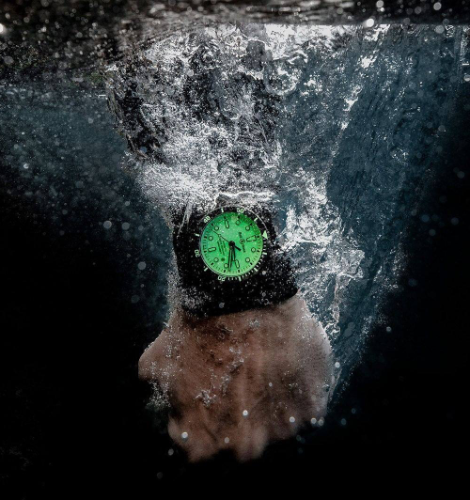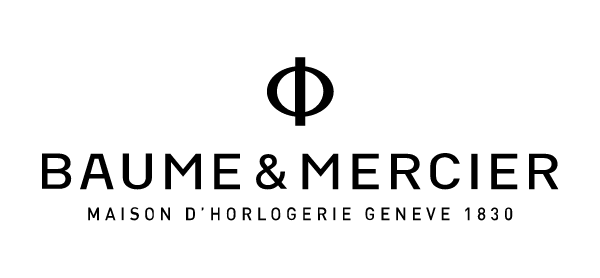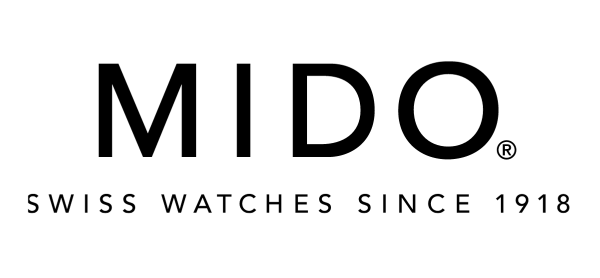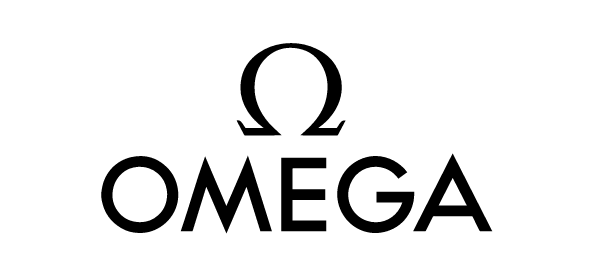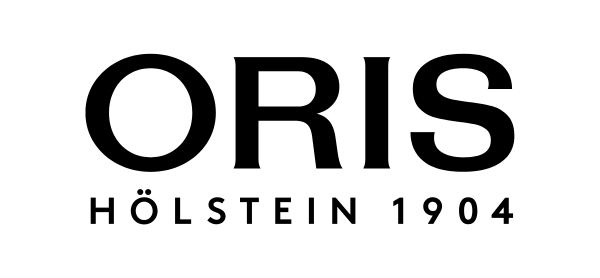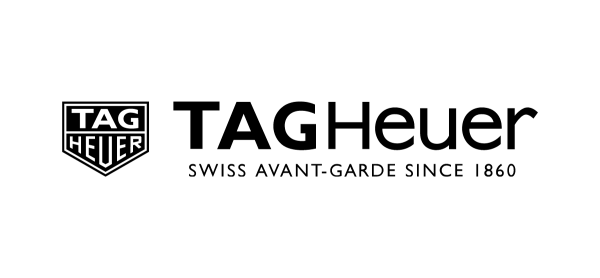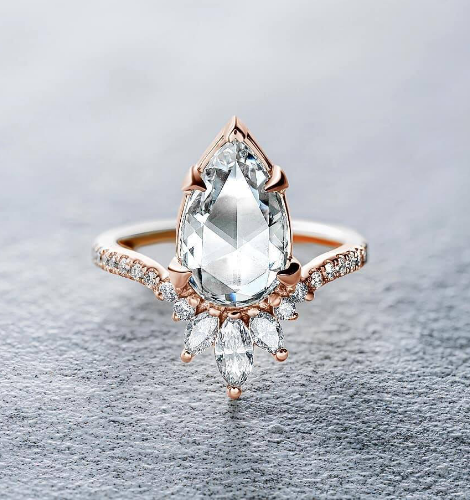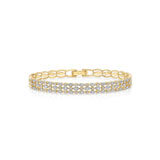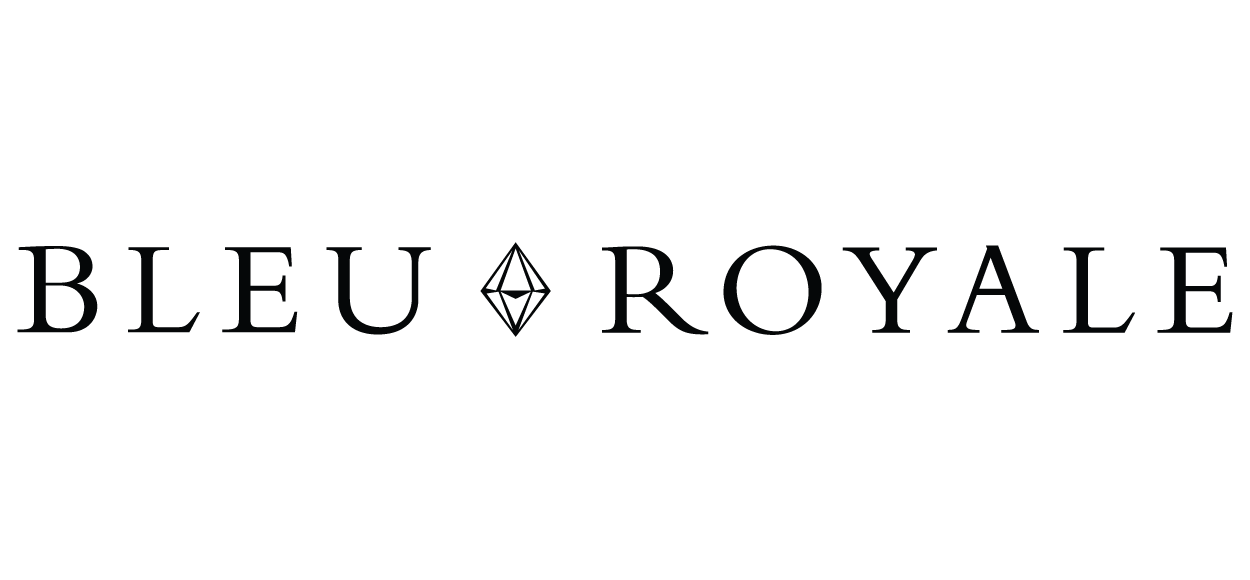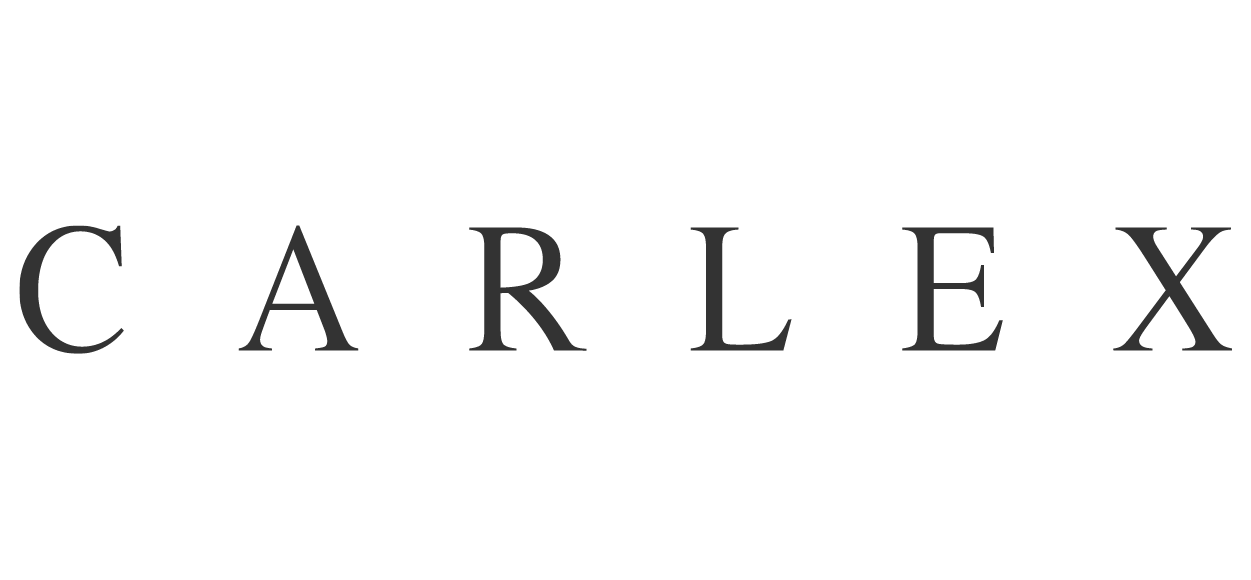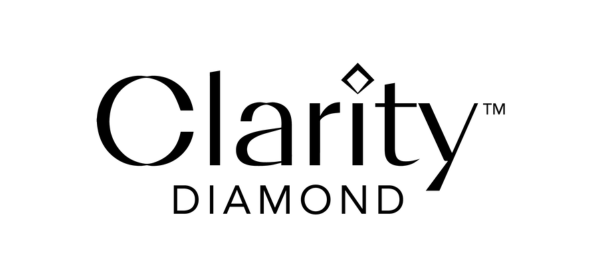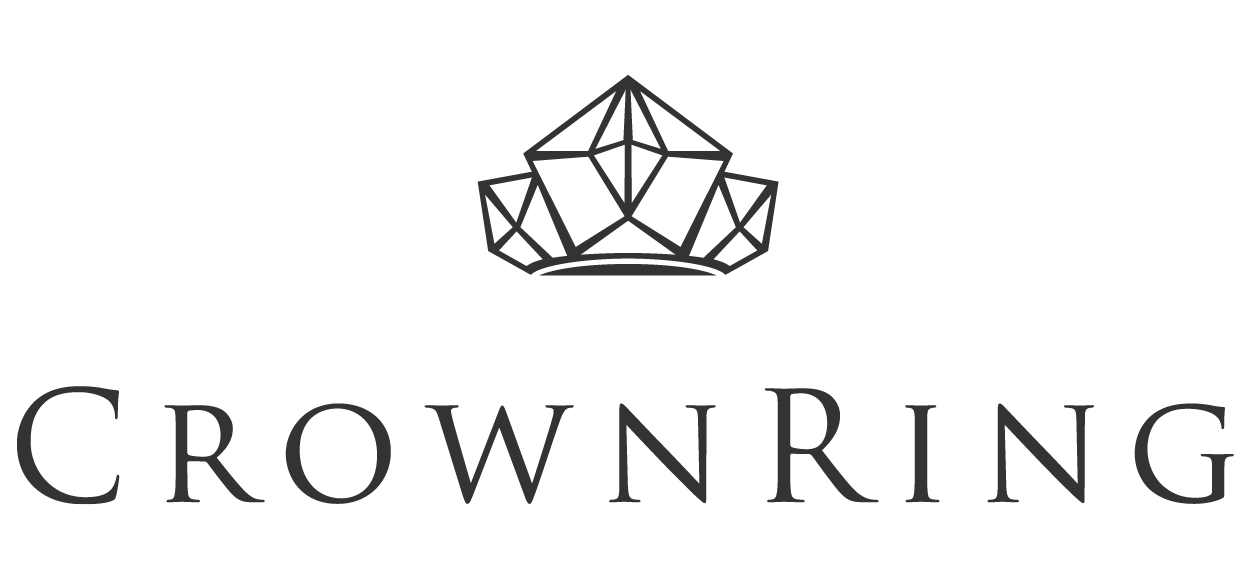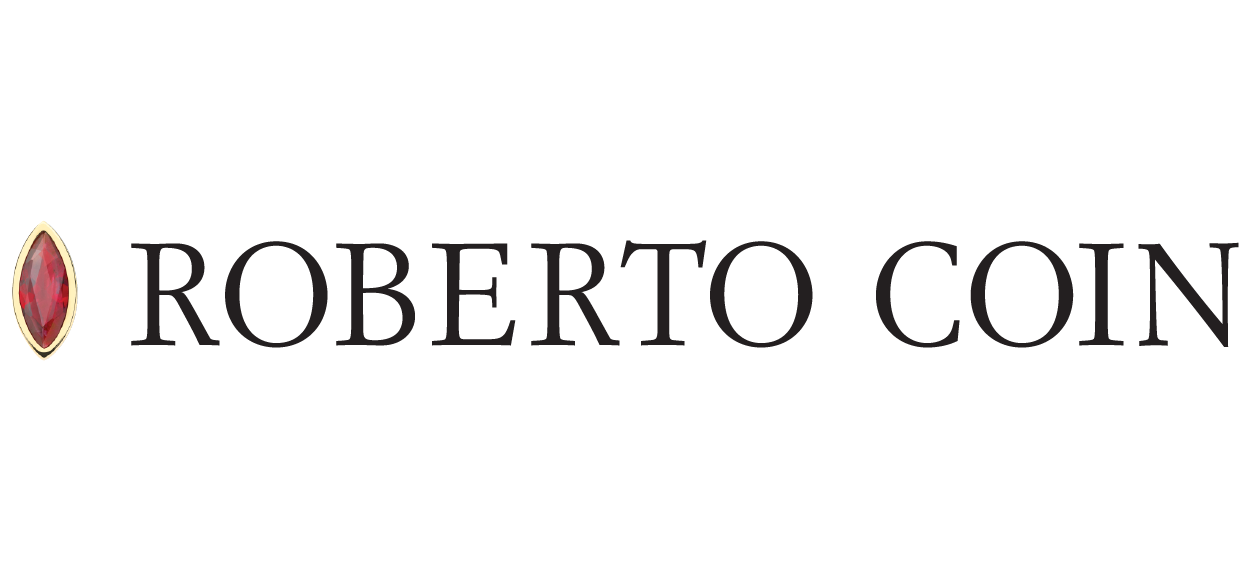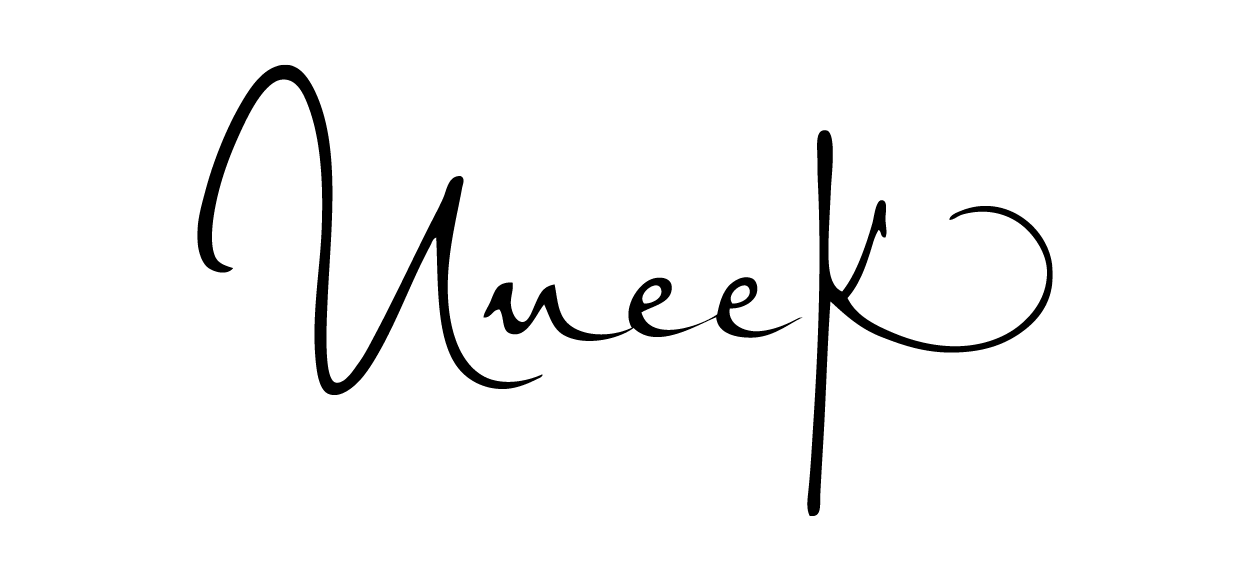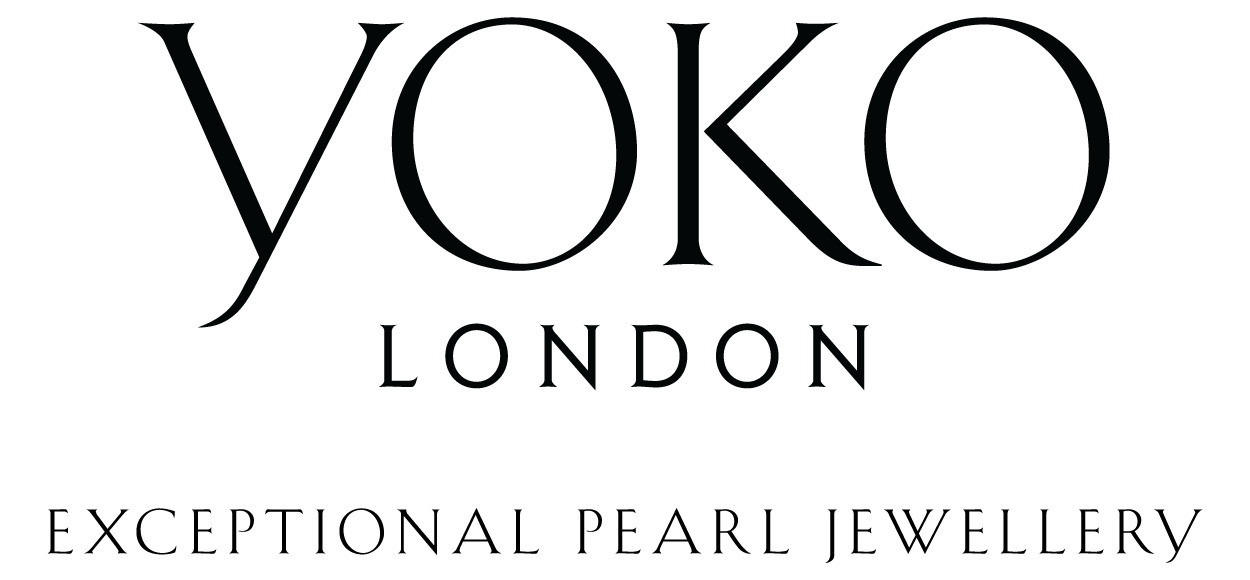Metals
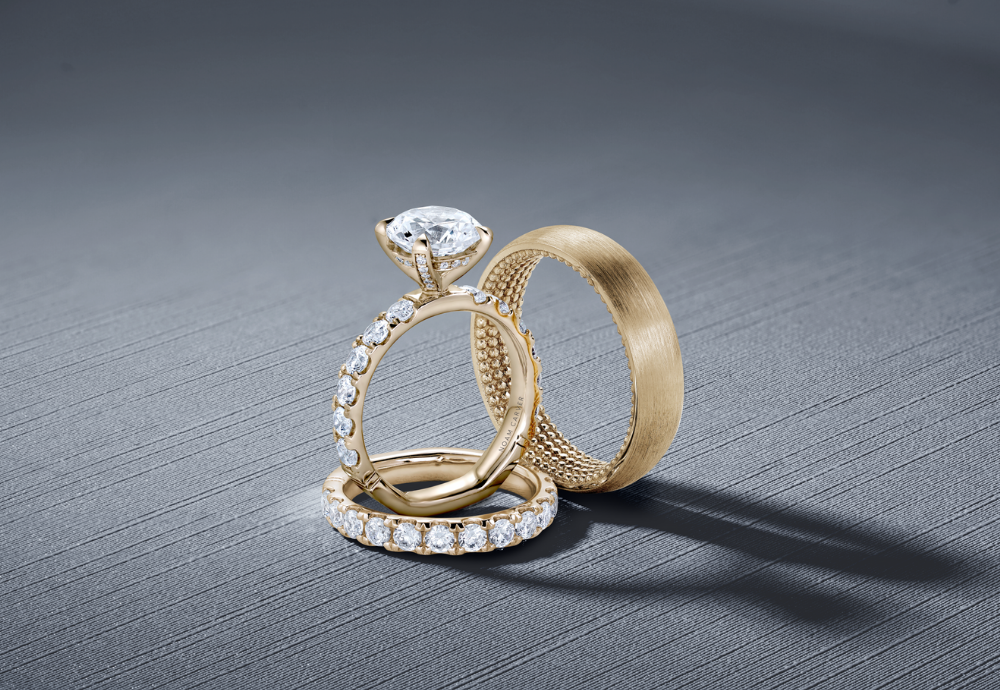
YELLOW GOLD
Natural gold and colour-saturated alloys are what give yellow gold jewellery its rich shine. The alloys most commonly used are copper and silver.
GOLD PURITY
Pure gold is too soft for everyday wear, so it is alloyed with a mixture of metals like silver, copper, nickel, and zinc to give it strength and durability. The karat weight of gold, denoted by a number followed by "k" indicates purity, or how much of the metal in a piece of jewellery is gold. 24k gold is pure gold while 18k gold is 75% pure gold and 14k is 58% pure gold.
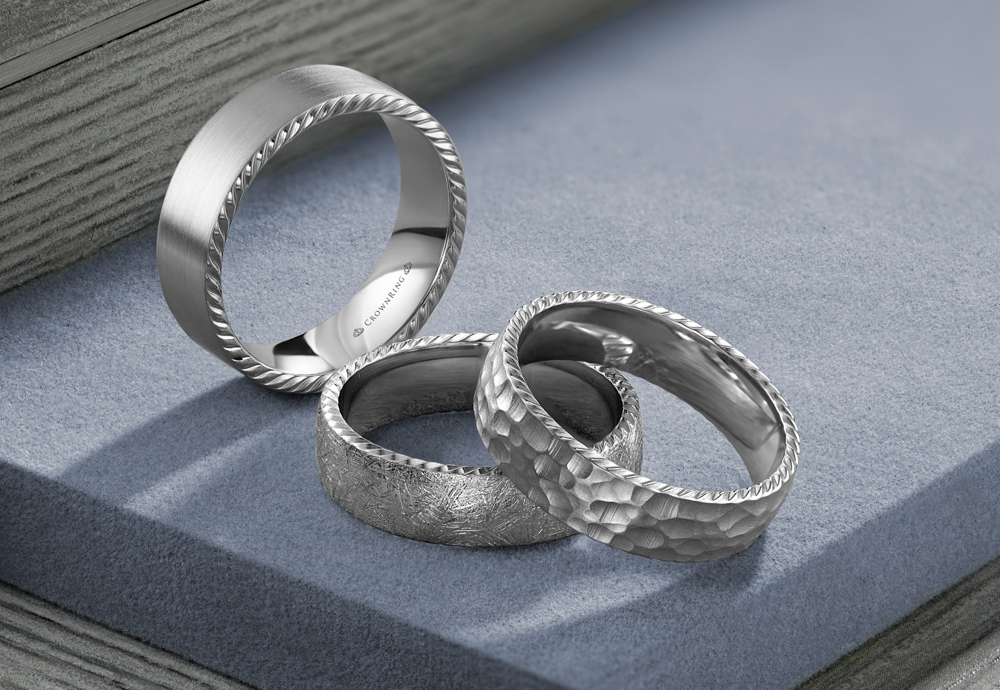
WHITE GOLD
In order to make the gold white, it is combined with metal alloys that are white in nature and plated with an extremely hard element called rhodium. Although strong, rhodium may wear away over time but can be easily replated.
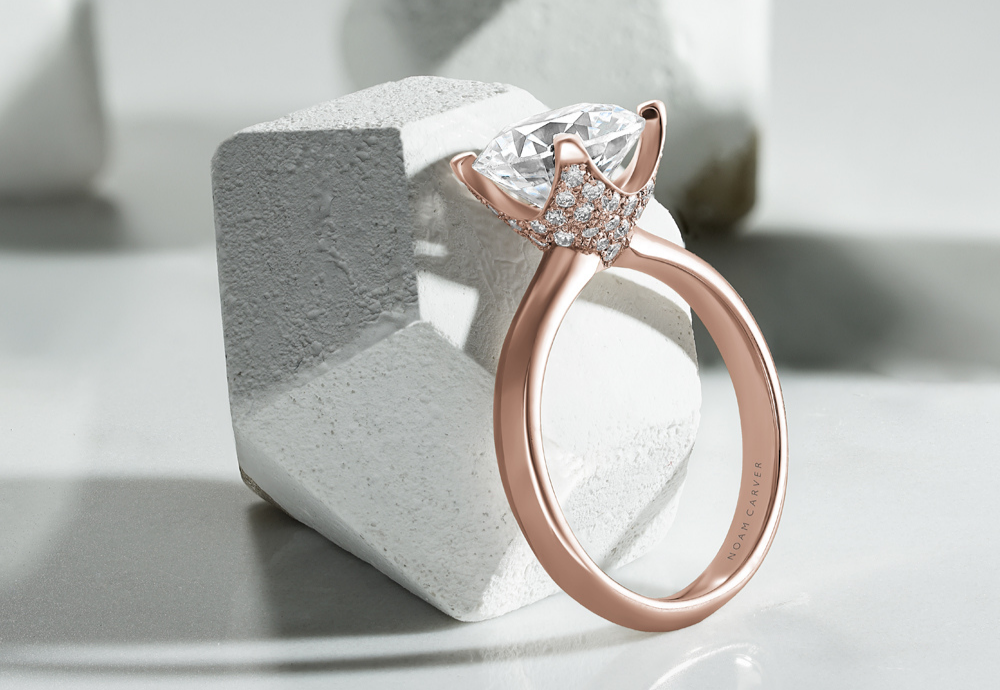
ROSE GOLD
The beautiful color of rose gold is created by using a copper alloy. The overall percentages of metal alloys is the same for rose gold as it is for yellow or white but a different mixture of alloys is used to obtain the rose gold color.
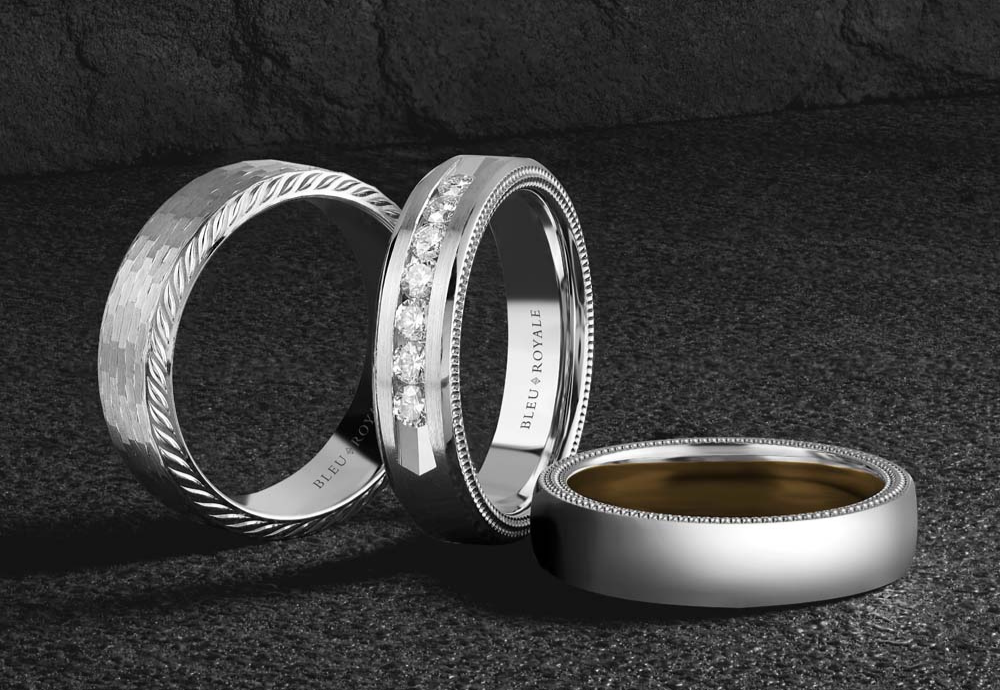
PLATINUM
The most popular metal for engagement rings and wedding bands, platinum's naturally white sheen will never fade or change colour and accentuates the sparkle and brilliance of a diamond.
Alternatives Metals
TUNGSTEN CARBIDE
The beautiful color of rose gold is created by using a copper alloy. The overall percentages of metal alloys is the same for rose gold as it is for yellow or white but a different mixture of alloys is used to obtain the rose gold color.
COBALT
Made from a highly durable alloy, cobalt is four times harder than platinum. Because of its natural hardness, cobalt jewellery is extremely scratch, chip and corrosion-resistant.
TITANIUM
Stronger than steel and significantly lighter, Titanium is the metal of choice for jets. sports equipment. And today. Titanium is the choice for brilliant jewelry that does not dent, scratch, or lose its lustrous silver shine.
Gemstone For Months
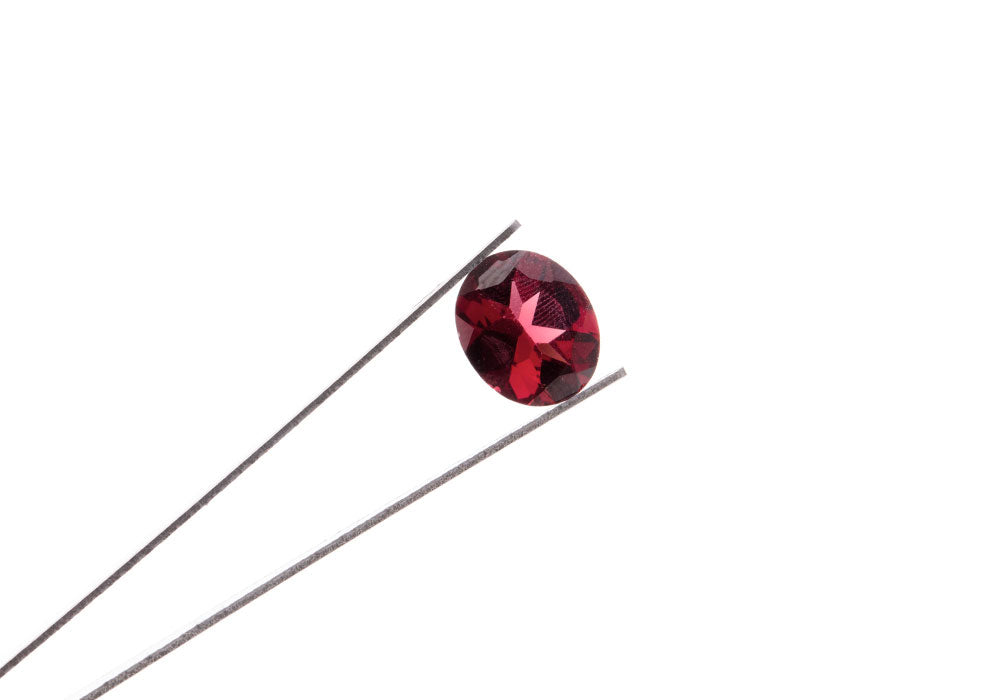
January
GARNET
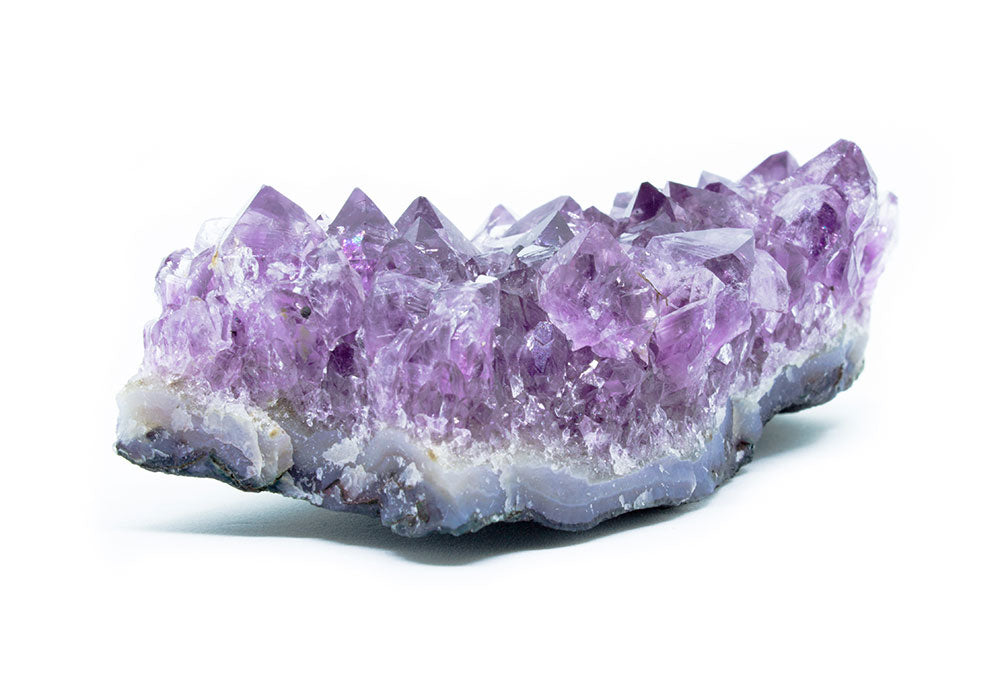
February
AMETHYST
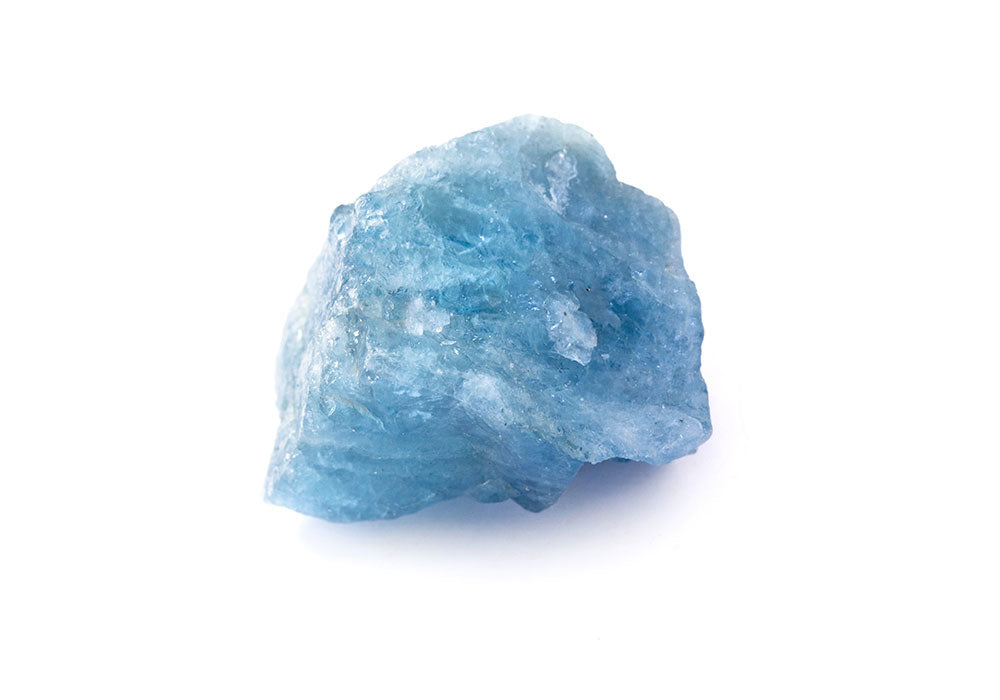
March
AQUAMARINE
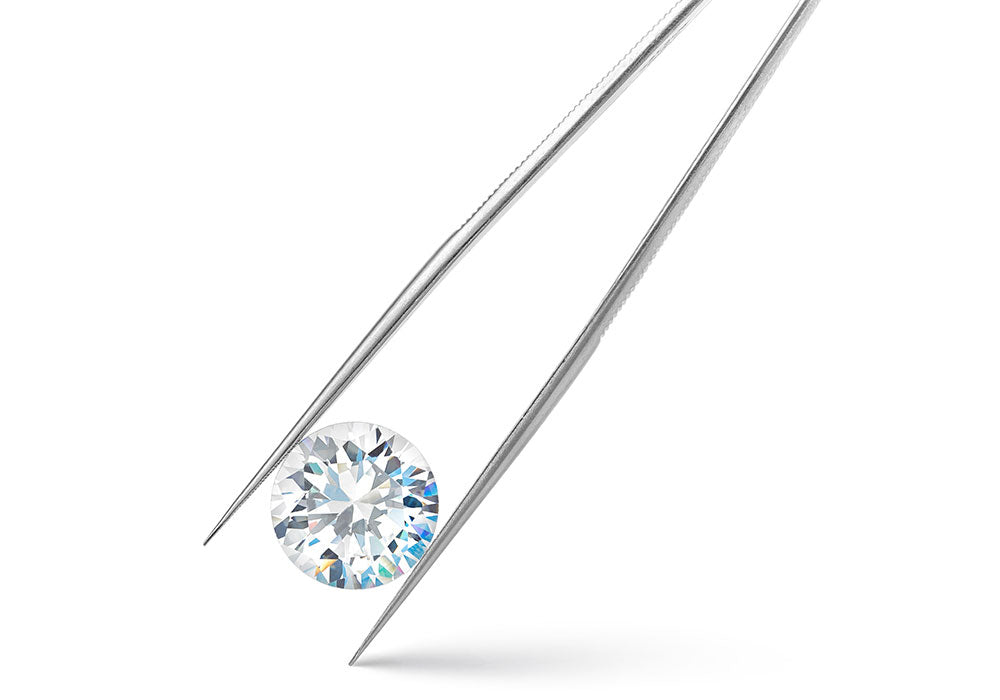
April
DIAMOND
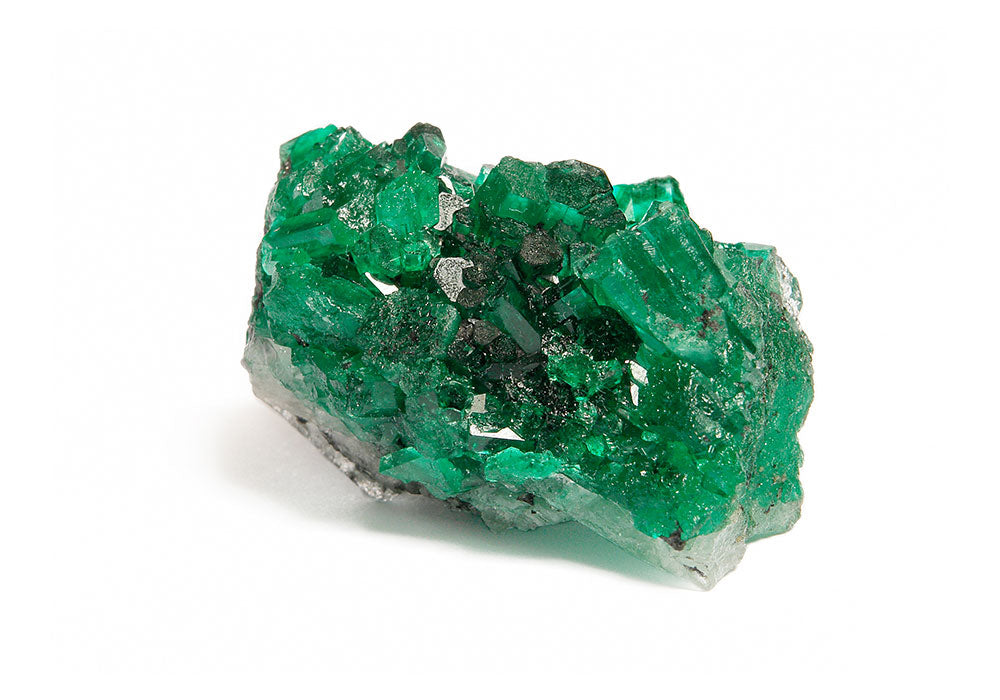
May
EMERALD
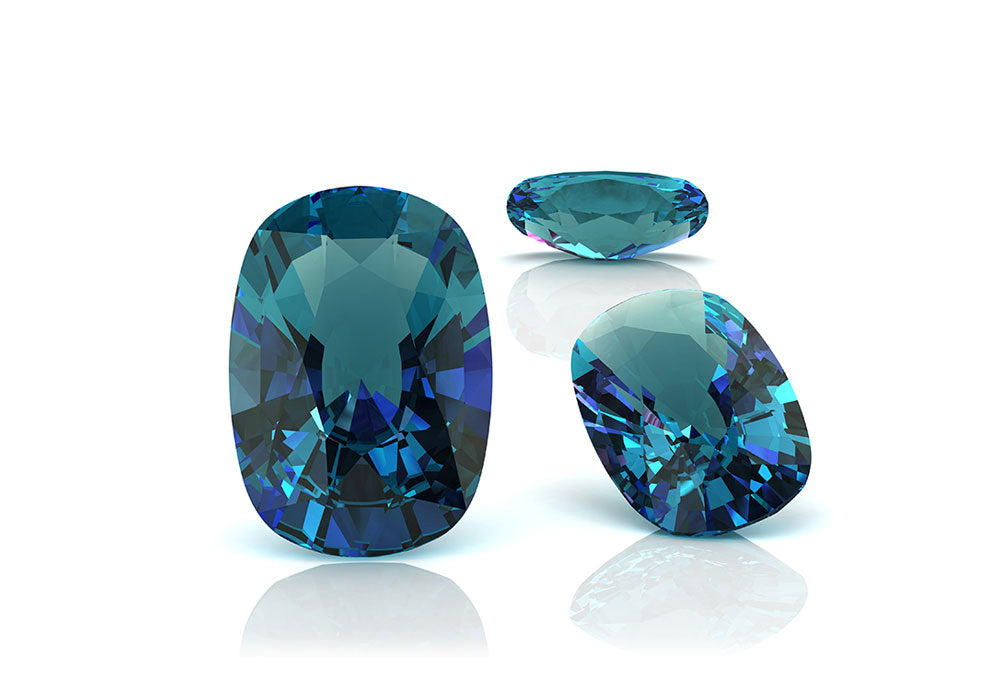
June
PEARL OR ALEXANDRITE
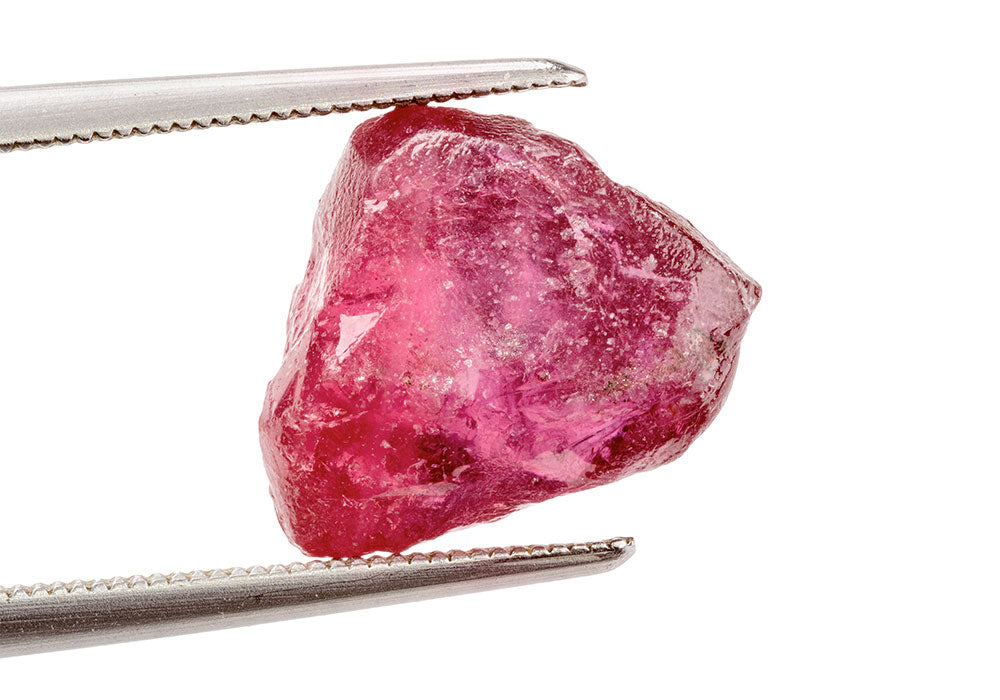
July
RUBY
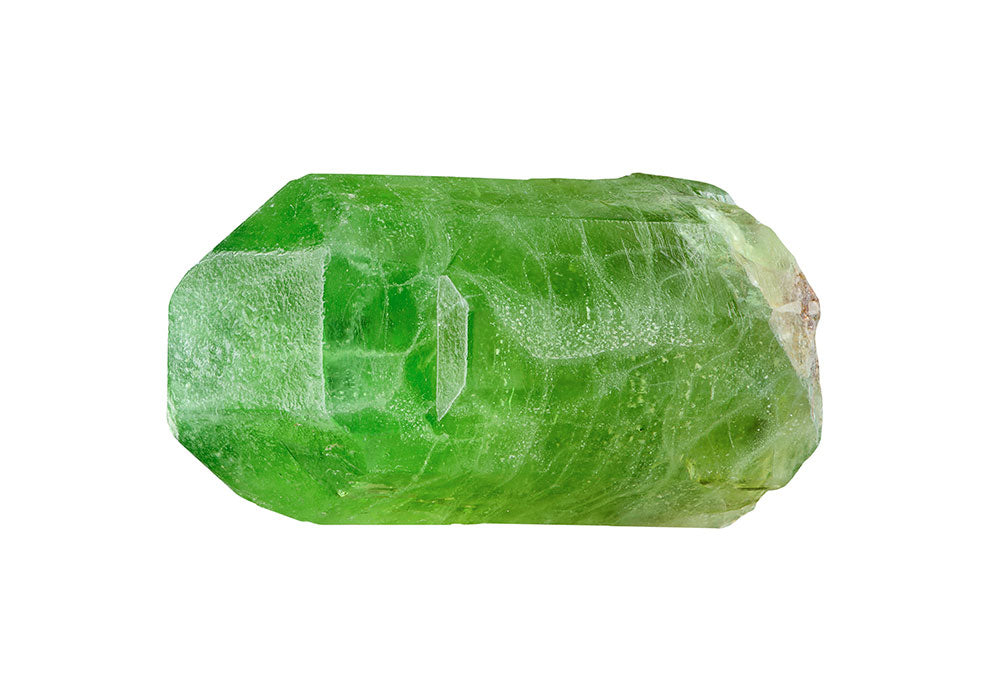
August
PERIDOT
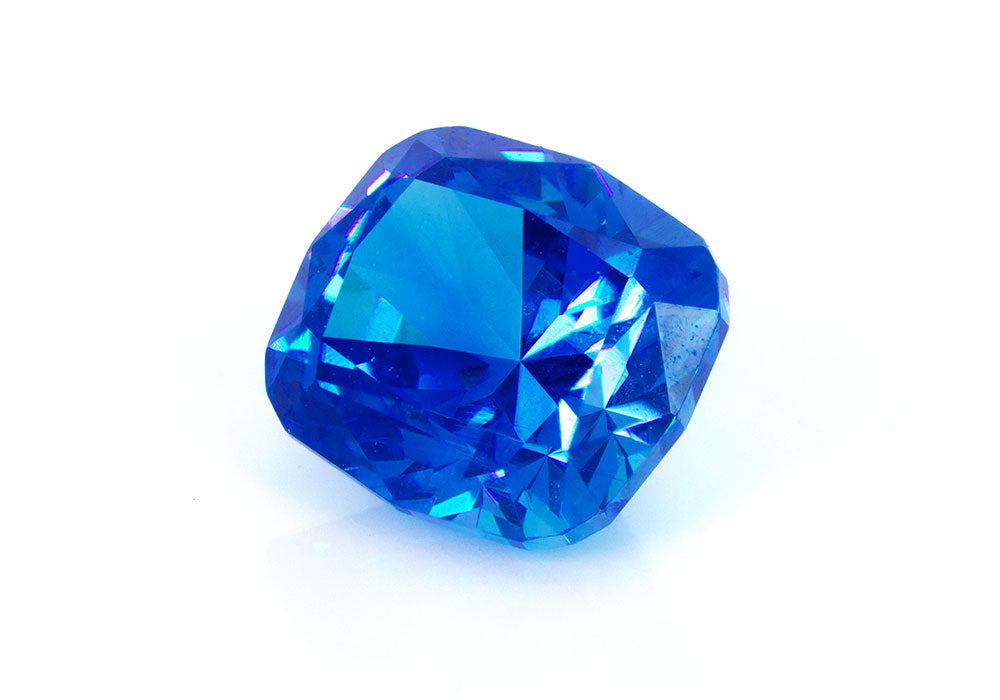
September
SAPPHIRE
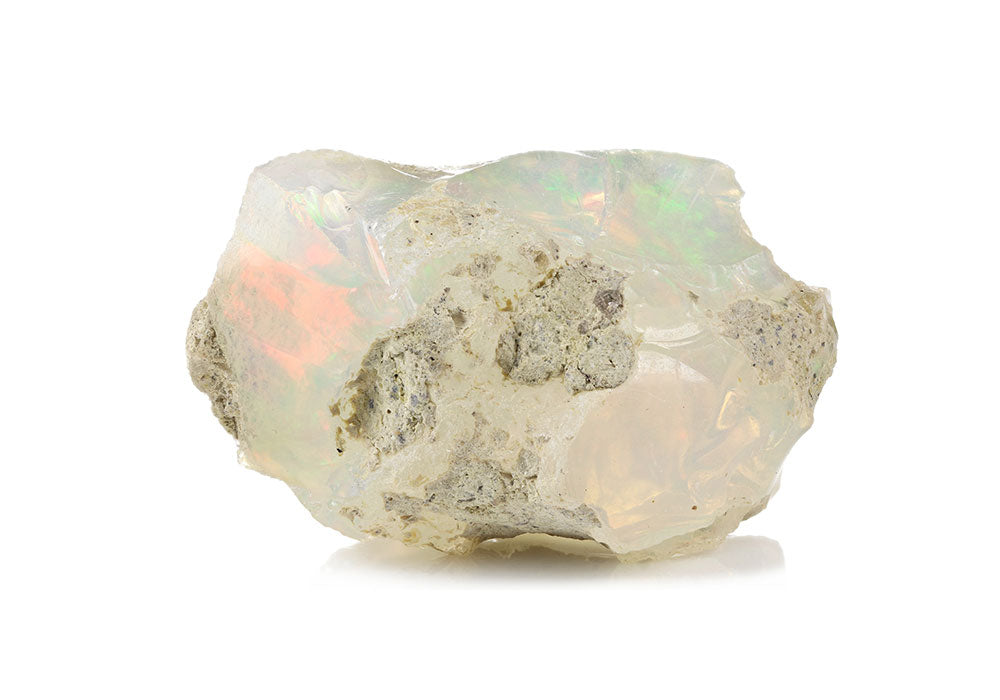
October
TOURMALINE OR OPAL
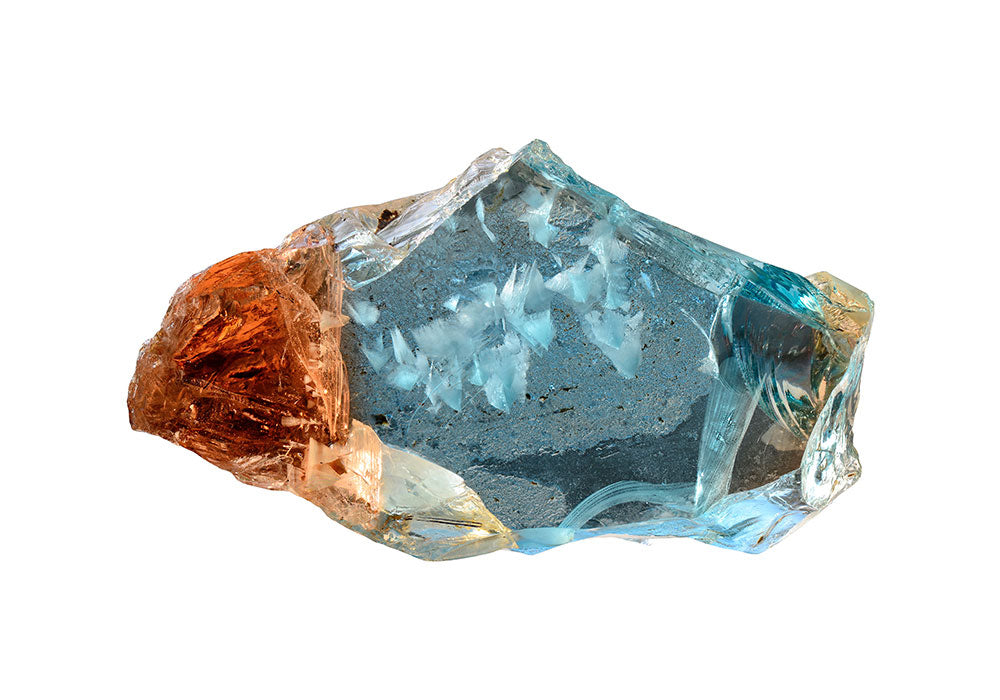
November
TOPAZ OR CITRINE
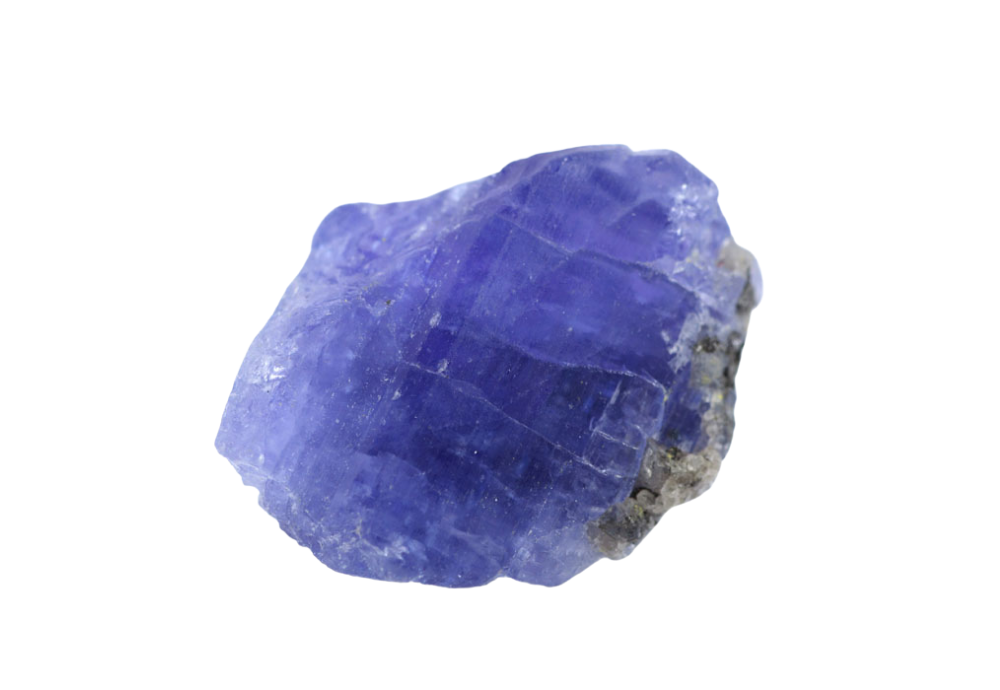
December
TANZANITE, ZIRCON OR TURQUOISE
The 4 Cs Of Diamonds
Diamond professionals use four important factors to describe and classify diamonds: Cut, Color, Clairity, and Carat Weight. For more information visit our store to speak with a qualified associate.
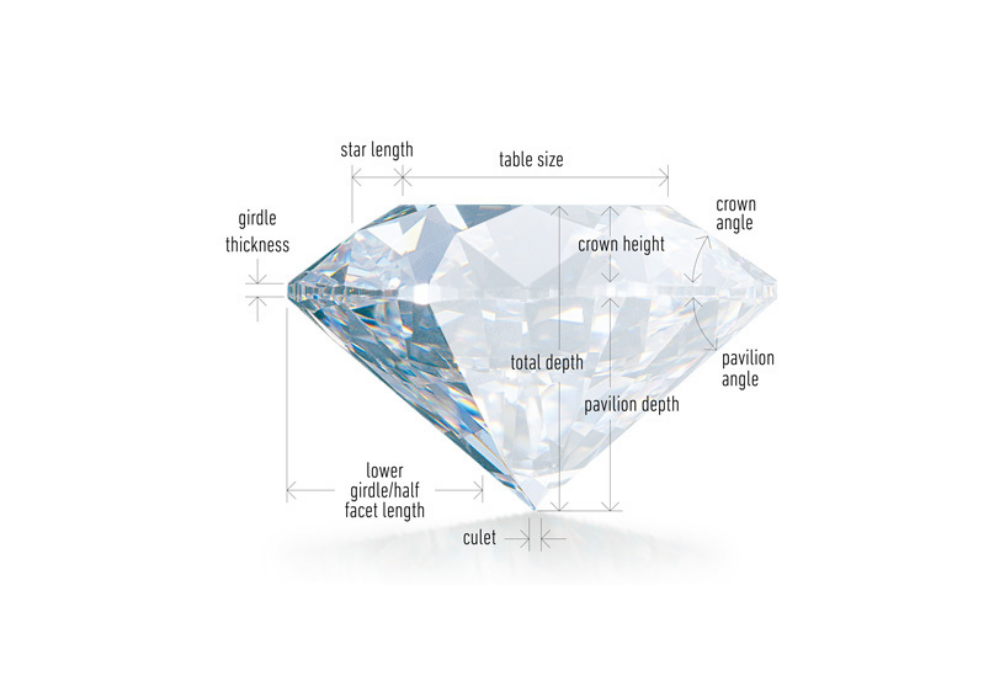
CUT
Of all the 4Cs, Cut has the greatest effect on a diamond's beauty. In determining the quality of the cut, the diamond grader evaluates the cutter's skill in the fashioning of the diamond. The more precise the cut, the more captivating the diamond is to the eye.
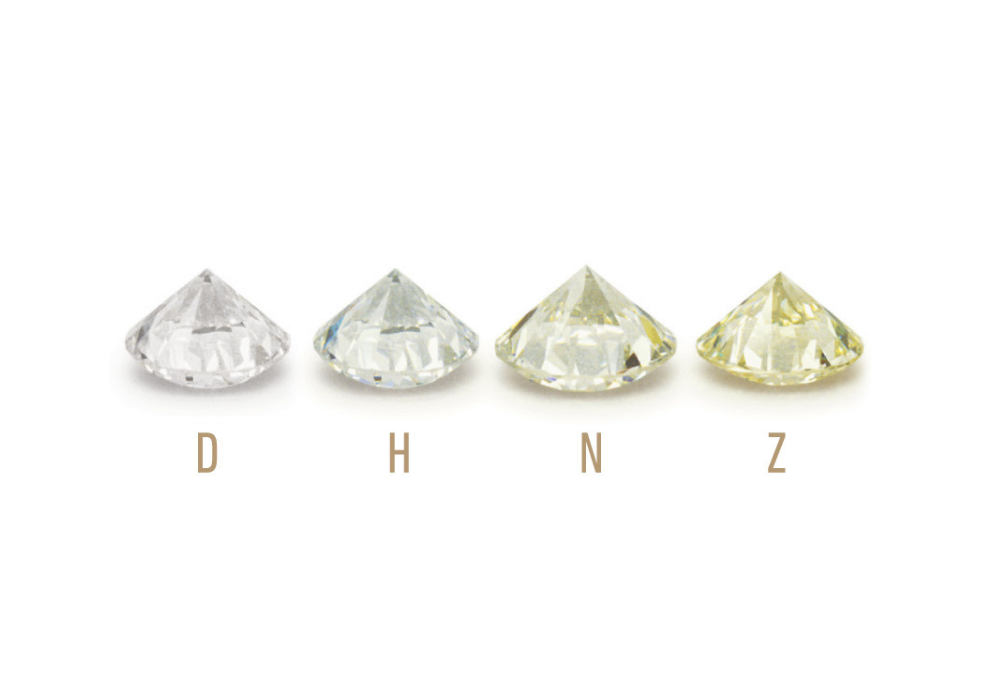
COLOR
Color Gem-quality diamonds occur in many hues. In the range from colorless to light yellow or light brown. Colorless diamonds are the rarest.
Other natural colors (blue, red, pink for example) are known as "fancy", and their color grading is different than from white colorless diamonds.
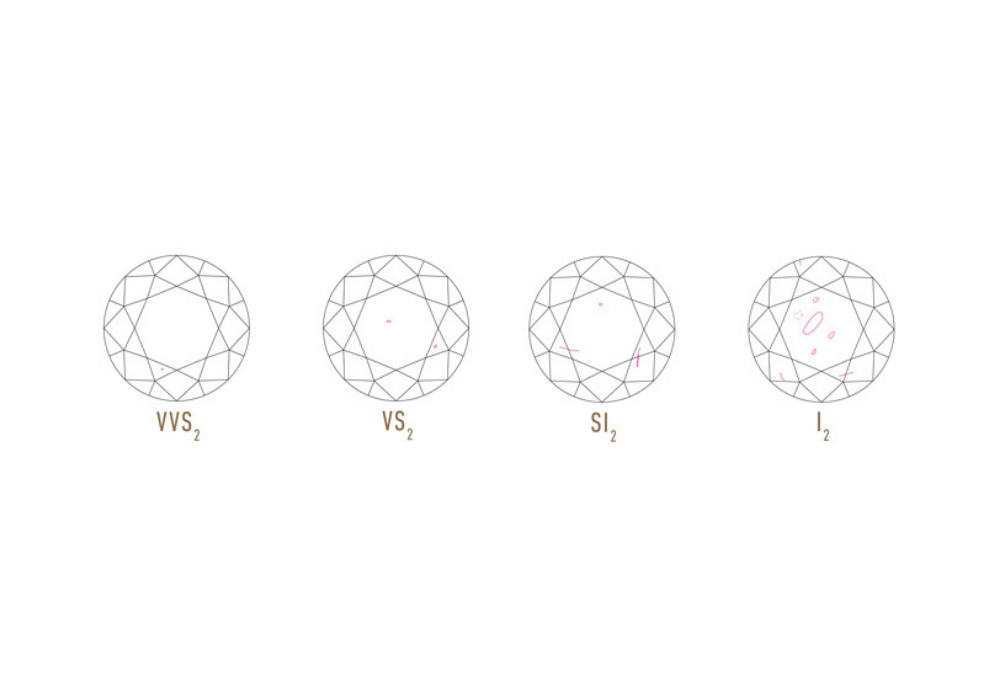
CLARITY
Diamonds can have internal characteristics known as inclusions or external characteristics known as blemishes. Diamonds without inclusions or blemishes are rare; however, most characteristics can only be seen with magnification.
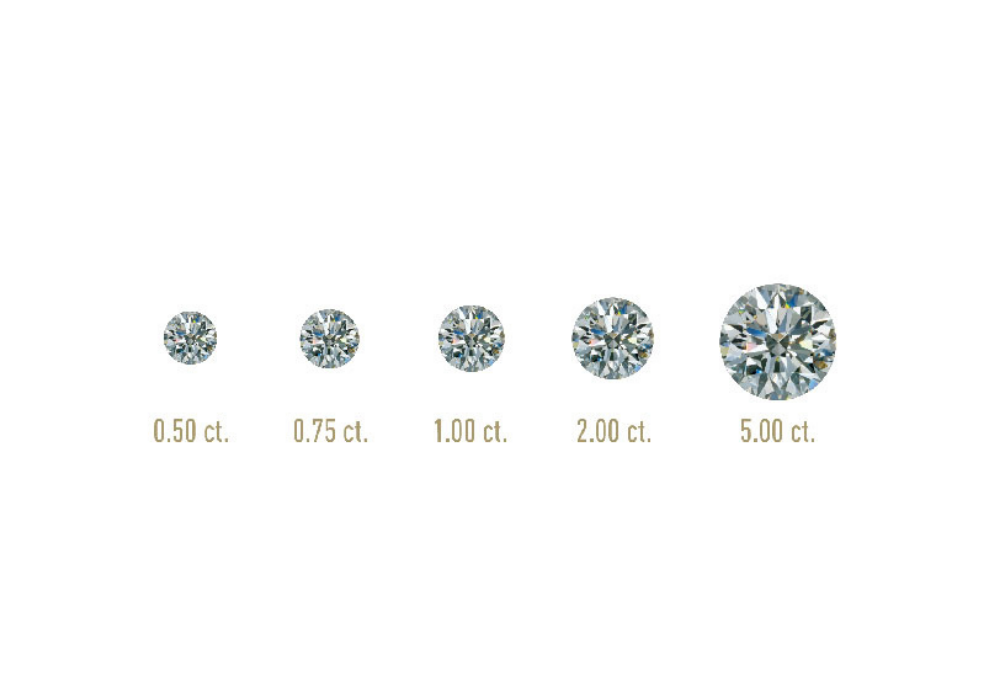
CARAT
The carat is the diamond's physical weight measured in metric carats. One carat equals 1/5 gram and is subdivided into 100 points. Carat weight is the most objective grade of the 4Cs.






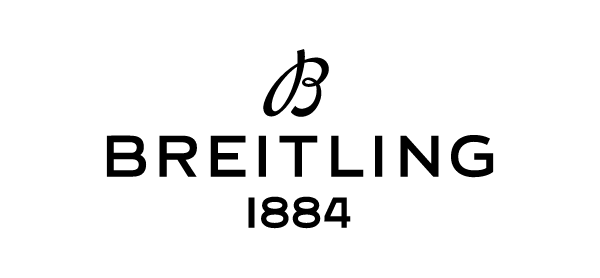














 Princess Cut Rings
Princess Cut Rings
 Round Cut Rings
Round Cut Rings
 Radiant Cut Rings
Radiant Cut Rings
 Cushion Cut Rings
Cushion Cut Rings
 Oval Cut Rings
Oval Cut Rings
 Emerald Cut Rings
Emerald Cut Rings
 Pear Shape Rings
Pear Shape Rings
 Diamond Rings
Diamond Rings
 Solitaire Rings
Solitaire Rings
 view all men's wedding bands
view all men's wedding bands
 view all women's wedding bands
view all women's wedding bands
 Band
Band
 Bangle
Bangle
 Bracelets
Bracelets
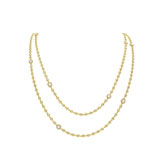 Chain
Chain
 Earrings
Earrings
 Necklaces
Necklaces
 Pendant
Pendant
 Fashion Rings
Fashion Rings









 Cart
Cart
